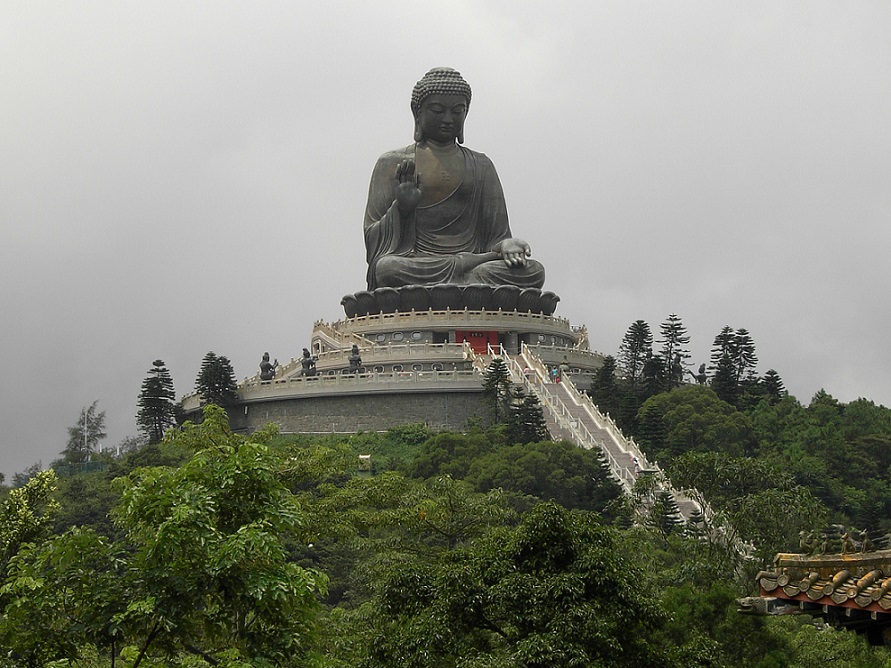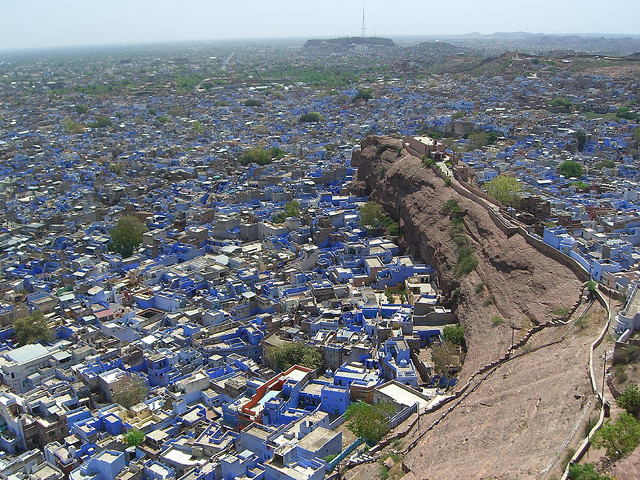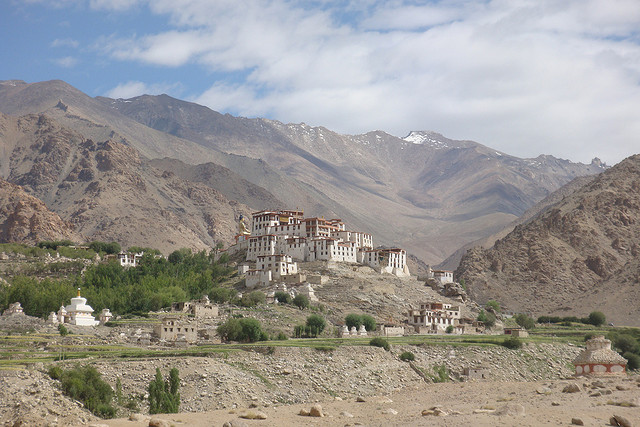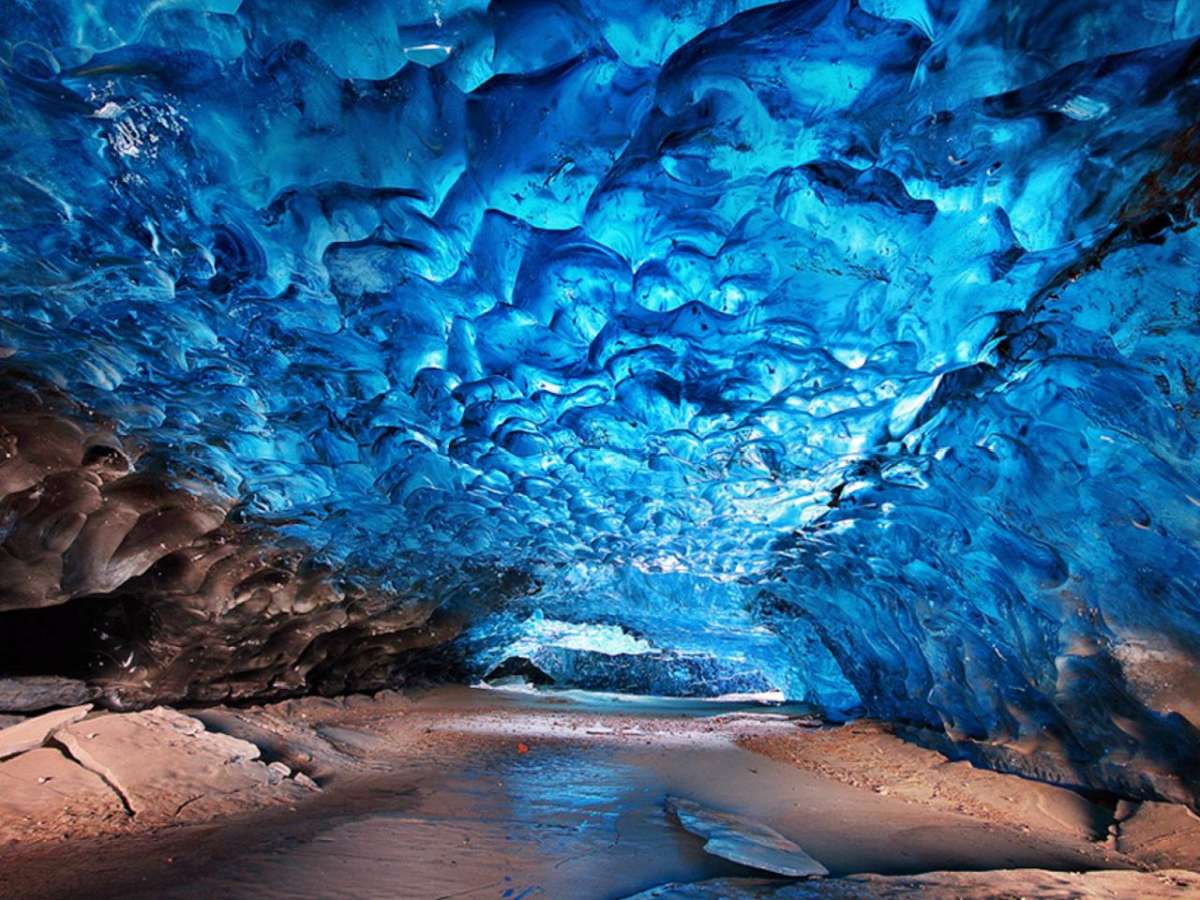
Zanskar is a virtually unknown territory for the rest of the world, at least until just a couple of decades ago. Imagine a series of valleys to the Bank of a river modeling one of unique access to the region, walled from the scale of Himalayan mountain ranges. The river freezes, was for centuries the only way of access to Zanskar. Geography isolated to the North of India, is one of the coldest inhabited for centuries by the planet.
Zanskar, Ladakh Valley region, occupies a plateau in the North of India, close to Tibet and Pakistan, is preserved as a genuine relic cultural and human. Its capital Leh, located at 3500 m. It is an terrritorio crossed by two arms of the Zanskar River and the homonymous mountain range, an average height of 6,000 meters above sea level. Zanskar, and above all, its inhabited area, is one of the most isolated in the world, surrounded by high mountain territories. Therefore, the only way to access for centuries, was through the own Zanskar River, especially along a narrow, deep gorge through which runs the river coming out.
Being the first road that provides access to the site is constructed in 1979, and integrated once to the State of India in 1947, only allowing access to foreigners in 1974, Zanskar could be considered a “lost world” where humans have adapted to the extreme conditions of geography and isolation. While in the Plains and valleys live communities of farmers and breeders of cattle, for the most part, Zanskar is a semi-altitude desert sheltered from monsoons by the great mountain range of the Himalayas.

The winters are hard and long, as much as to consider Zanskar regions inhabited in continuous more cold on the planet. But the own cold, provides greater precipitation in the form of snow, increasing the glaciers which melt water courses feeding in summer. For all these reasons, only about 13,000 people live in the region, mostly practicing Tibetan Buddhism.
Exist between the religious complexes, amazing monasteries as Phugtal, with more than eight centuries of history integrated into a cliff in a throat of a tributary of the Lungnak River. Some 70 monks live in the monastery of Phugtal.

In Zanskar there are some villages scattered, the most important being the capital Padum. They are self-sufficient people and maintain a minimum exchange of goods with the outside world. The shortage has also deepened a tendency to zero population growth, under a social system based on polyandry, due to the high rate of masculinity, where several brothers share the same woman. In addition, the communities adopted a celibate religious life that contributes to the stability of the population.
Zanskar, is thanks to their accession to the Union of India, one of the last places that preserves Tibetan traditional culture intact. Closed to foreigners until a few years ago, now undergoing a process of openness in which become tourists in a massive way. Despite the impact, the spill has allowed fund schools and restore imposing monasteries and roads, although the “invaders” are not always seen with good eyes by locals.






